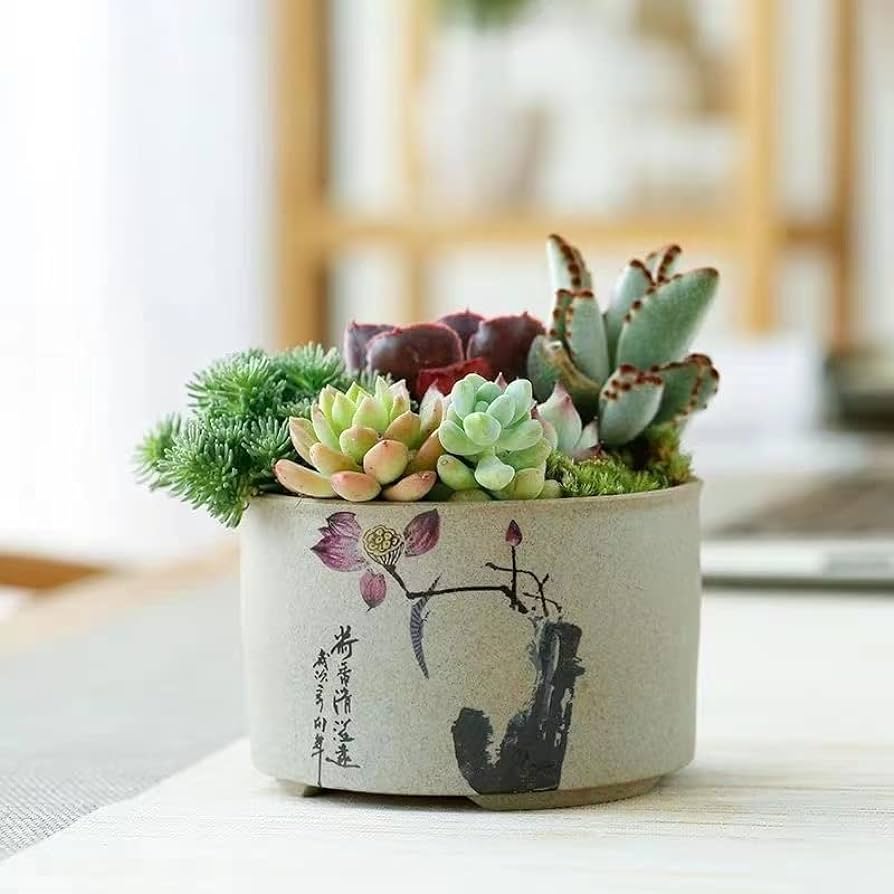I. Introduction to Handmade Flower Pots
A. Exploring the Art of Creating Handmade Flower Pots
The art of crafting handmade flower pots presents a unique opportunity to unleash creativity while adding a personal touch to your gardening experience. Handcrafted pots serve as a testament to artisanal skill and offer an alternative to mass-produced, generic containers. Each handmade pot is imbued with individuality, serving as an expression of the artisan’s craftsmanship and creativity. Exploring the process of creating flower pots by hand allows for a deeper connection to the gardening experience and provides a sense of satisfaction derived from crafting objects that enrich the natural beauty of your plants.
B. Benefits of Crafting Your Own Flower Pots
Handcrafting your own flower pots not only allows for creative expression but also provides numerous benefits. Customization enables you to tailor the size, shape, and design of the pots to suit your specific gardening needs and aesthetic preferences. Crafting pots by hand offers a sustainable and environmentally friendly option, reducing reliance on mass-produced, commercially available containers. Furthermore, the process of creating handmade pots can be a meditative and therapeutic experience, fostering a deeper connection to nature and the gardening process. By delving into the world of handmade flower pots, you open the door to a more personalized and fulfilling gardening journey.
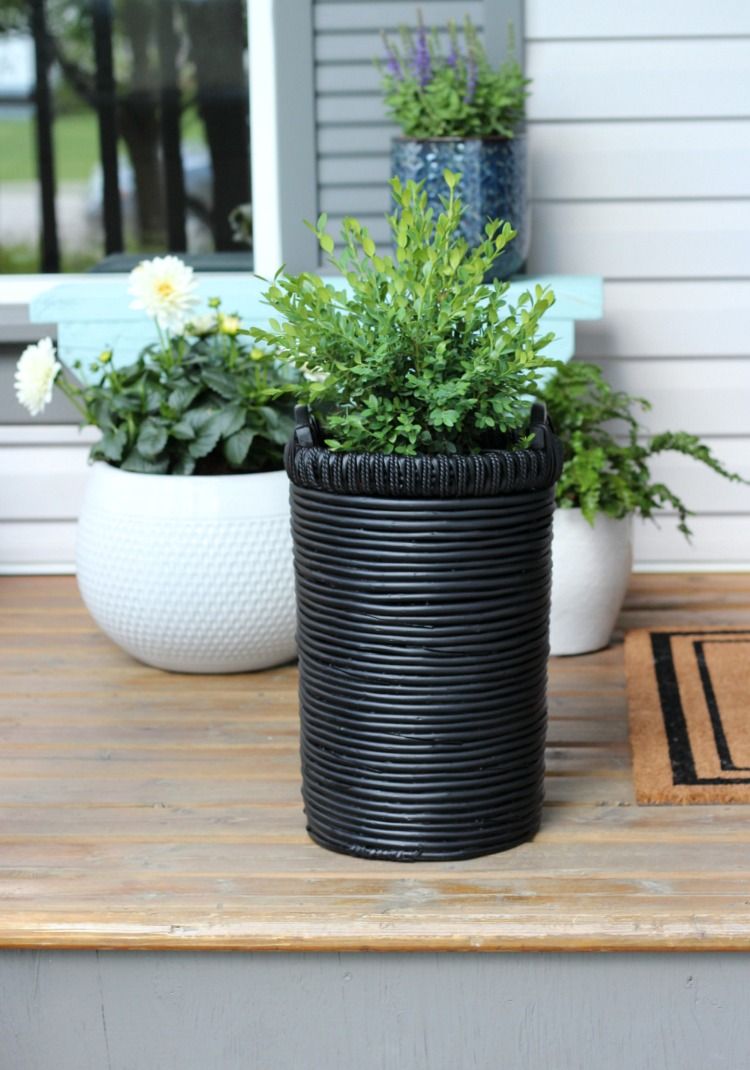
II. Choosing the Right Materials for Handmade Flower Pots
A. Selecting Suitable Clay or Terracotta
The selection of clay or terracotta for crafting handmade flower pots is critical to their structural integrity and aesthetic appeal. Clay is a versatile and popular material, offering natural porosity that aids in regulating soil moisture and promoting healthy plant growth. Terracotta, a type of clay, is recognized for its breathable properties, making it an excellent choice for planters. Understanding the characteristics of different clay types, such as earthenware, stoneware, or porcelain, is essential in determining the suitability of each for specific pot-making techniques and desired outcomes.
B. Exploring Alternative Materials for Customized Pots
In addition to traditional clay, exploring alternative materials opens the door to a diverse range of creative possibilities in handmade pot crafting. Materials such as concrete, hypertufa, or even recycled materials offer unique textures, weights, and visual aesthetics for crafting customized pots. Understanding the distinct properties and working characteristics of these alternative materials is instrumental in expanding the scope of your handmade pot crafting endeavors, allowing you to experiment with unconventional and innovative pot-making options.
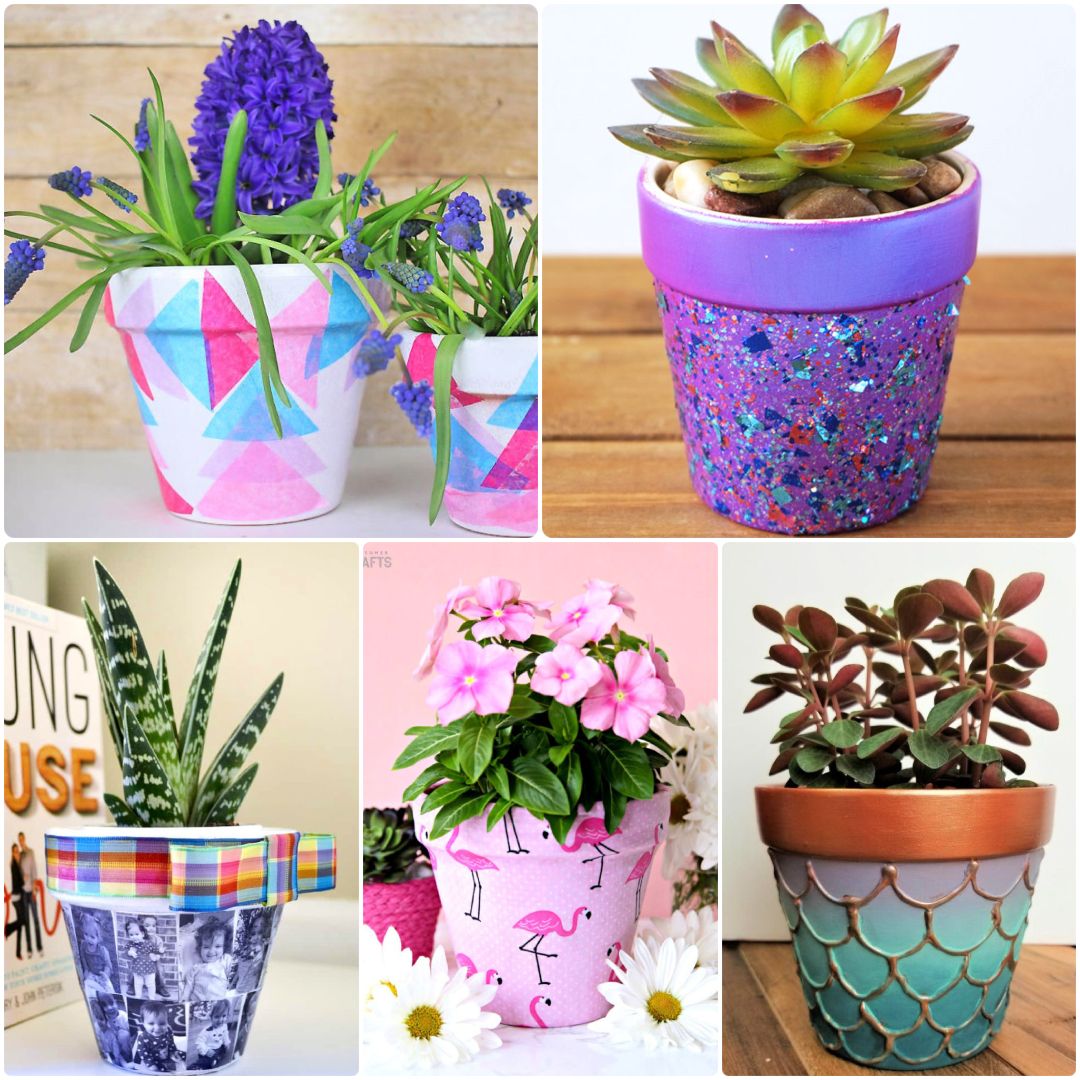
III. Handcrafting Techniques for Flower Pots
A. Using a Potter’s Wheel for Traditional Pots
Utilizing a potter’s wheel is a classic and time-honored technique for creating traditional flower pots. The process involves centering the clay on the wheel, shaping it with skilled hands and tools to achieve symmetrical forms, and adding intricate detailing or surface textures. Mastering the art of wheel throwing requires patience and practice, but it offers unparalleled opportunities for refining and shaping the pots with precision and finesse.
B. Hand-building Methods for Unique Designs
Hand-building techniques, such as coiling, slab construction, and pinching, provide a more hands-on and organic approach to crafting handmade flower pots. These methods allow for greater freedom in shaping and sculpting pots, resulting in one-of-a-kind, irregular forms that exude character and individuality. Hand-building techniques lend themselves to the creation of unique designs, allowing artisans to explore asymmetrical shapes, organic textures, and customized patterns, all of which contribute to the distinctive appeal of handmade pots.
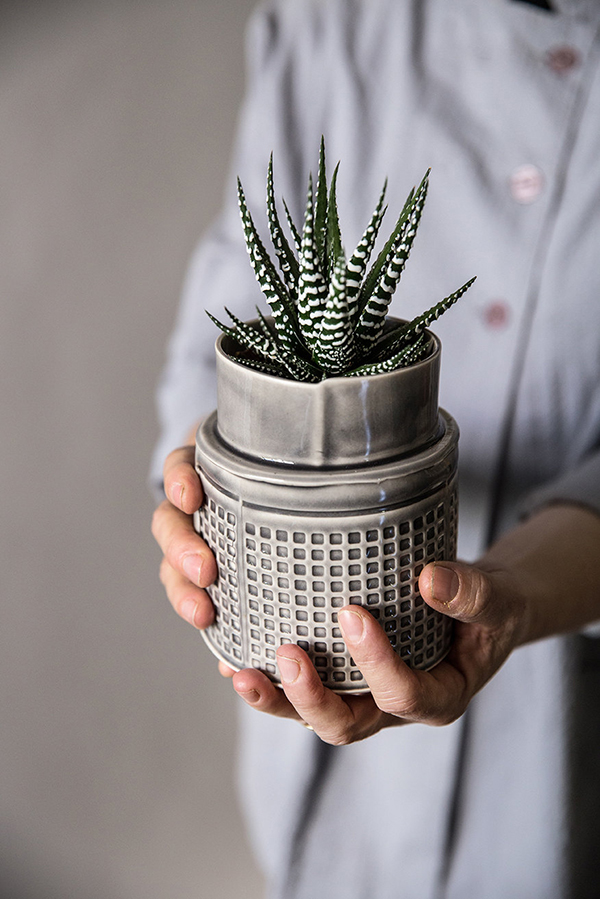
IV. Decorating and Glazing Handmade Flower Pots
A. Designing Creative Patterns and Embellishments
Decorating handmade flower pots presents an opportunity to infuse each piece with individuality and artistry. Various techniques, such as carving, sgraffito, or slip trailing, enable artisans to add creative patterns, intricate designs, or personalized embellishments to the surface of the pots. Brainstorming and sketching design ideas help in conceptualizing attractive and harmonious decorative elements that resonate with the intended use and visual aesthetic of the pots.
B. Understanding Glazing Techniques for a Professional Finish
Glazing serves as the final touch in creating a professional finish for handmade flower pots. Engaging with different glaze application methods, such as dipping, spraying, or brushing, allows artisans to achieve desired surface qualities, color variations, and textural effects. Understanding the firing temperatures, compatibility of glazes with different clay bodies, and the impact of multiple glaze layers is crucial for honing the art of glazing and enhancing the visual appeal of handmade pots.
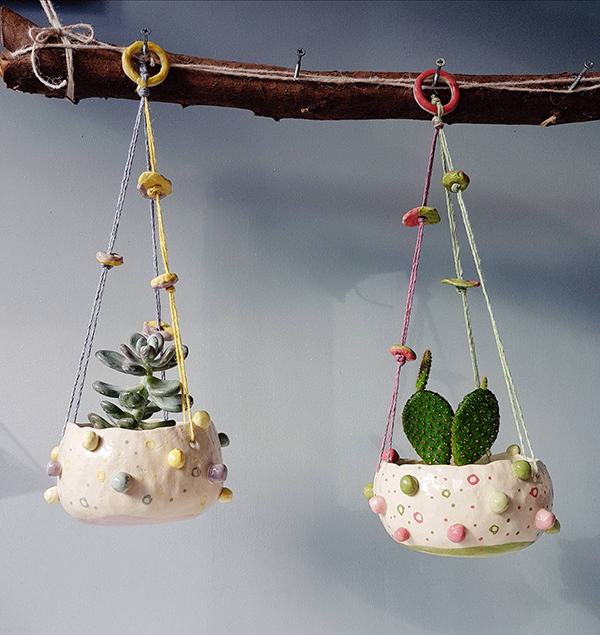
V. Firing and Curing Handmade Flower Pots
A. Preparing for Kiln Firing
Kiln firing is an essential step in the creation of durable and functional handmade flower pots. Conducting proper preparations, such as loading the kiln with care, programming firing schedules, and incorporating temperature ramps and holds, ensures the successful transformation of raw clay into robust, kiln-fired pots. Mastering the intricacies of kiln firing is instrumental in achieving consistent results and ensuring the structural integrity of the finished pots.
B. Curing and Finishing for Durability
Once kiln-fired, the handmade flower pots require appropriate curing and finishing to enhance their durability and longevity. Proper cooling down and post-firing treatments, such as sanding sharp edges or bottom trimming, contribute to refining the finished pots and preparing them for planting. Implementing suitable finishing techniques, such as waxing or burnishing, further fortifies the pots, rendering them ready for use in gardening settings.
VI. Displaying and Using Handcrafted Flower Pots
A. Positioning and Displaying Your Creations
Choosing the right placement and display for handcrafted flower pots contributes to maximizing their visual impact and complementing their surroundings. Strategic positioning, creative groupings, and creating harmonious arrangements with plants and other garden elements enhance the overall aesthetic appeal of the handmade pots. Integrating them into indoor and outdoor settings allows the crafted pots to serve as distinctive focal points, adding a touch of artistry to the environment.
B. Utilizing Handmade Pots in Your Garden or Home Décor
Once completed, handmade flower pots can find versatile applications in garden design and home décor. Utilizing them for planting various flora, organizing indoor herb gardens, or serving as standalone decorative accents embraces the functional and aesthetic potential of these artisanal creations. Incorporating handcrafted pots into interior design schemes and outdoor landscaping enlivens the spaces and showcases the artisan’s craftsmanship, elevating the visual and tactile experiences of the surroundings.
Crafting handmade flower pots represents a rewarding and enriching pursuit that engages individuals in the art of traditional craftsmanship and artistic expression. Embracing the intricacies of handmade pot crafting fosters a deeper appreciation for the natural beauty of clay, the creative potential of decorative techniques, and the timeless allure of artisanal craftsmanship. By following the step-by-step guide to creating handmade flower pots, artisans can infuse their gardening spaces with a touch of artistry and individuality, imbuing each pot with the charm and distinction of expertly crafted, one-of-a-kind creations.
